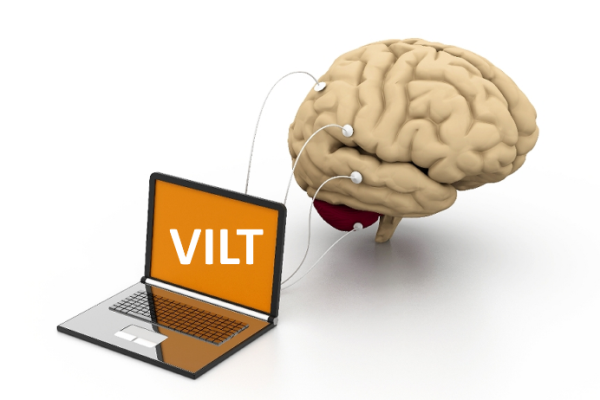ATD Blog
The Neuroscience of VILTs
Thu Jun 12 2014

In this series, we are exploring the practical application of neuroscience to education and training. Let’s start by exploring the increasingly popular virtual instructor-led training (VILT). The Society of Applied Learning Technology (SALT) reports that “the vast majority” of companies plan to expand their use of VILT in the near future. Yet only 20 percent of these same companies find this delivery medium to be very effective.
So why do they keep doing it?
The survey respondents say the primary reason is to save money. The next most-frequent response is reducing time away from the office, while the third reason is the ability to train large numbers of people quickly.
If you want to avoid investing time and money in training that is economical but ineffective, you might want to apply a little bit of science to your VILT programs. In this and subsequent articles, I’m going to discuss three areas of focus for enhancing the effectiveness of your VILTs: design, preparation, and follow-up. For now, let’s start with design.
Design for engagement
Many VILTs follow a very predictable format. The first few minutes are spent getting organized and positioning participants online, followed by introducing the instructor and the topic. At the end of the class, there is usually a brief quiz or poll. The predictability of your programs may be causing your learners to tune out or multi-task instead of focusing.
This behavior occurs because the brain has developed pattern recognition as a survival mechanism. Our brain tends to relax in familiar surroundings and shifts into high alert in unfamiliar surroundings. Somewhere between feelings of boredom and anxiety is the highly productive level of attention. To help your VILT participants pay attention to you, design your VILTs for maximum engagement.
Here are a few ideas to get you started.
Jump into the content right away. Have you ever walked into a class or meeting a few minutes late and felt yourself scrambling to catch up with the conversation? If you start with content right away, your participants will be forced to pay attention immediately. There’s also a secondary benefit: people will start logging in early to be sure they don’t miss anything. This approach, on many television programs, attempts to engage views immediately so that they aren’t tempted to switch channels while the predictable credits are showing. The credits eventually appear, several minutes into the program. You can do the same with your standard introductions.
Ask a challenging question in the chat window. While polls have their place, you’ll get a lot more interaction from the use of the chat window. Pose a question that doesn’t have a clear right or wrong or answer; then sit back while participants share their opinions. This simple tool helps your VILTs become social learning events in which participants learn from one another, not from the “the sage upon the stage.”
Promote a participant to a presenter. When we watch someone else solve a problem or learn a new skill, mirror neurons fire in our brain in the same way as the person we’re observing. We visualize ourselves in their place. A fascinating study demonstrated that students who watched others practice proper basketball free-throw techniques improved almost as much as those who were actually practicing. A very effective VILT technique is to have participants take turns trying a new skill. Let the rest of the class, rather than the instructor, provide help as needed to maximize the effect.
VILTs are here to stay. Designing them to be more engaging will help you get better results from your investment.
In the next blog post, we’ll discuss how you can prepare instructors and participants for the VILT experience.
You've Reached ATD Member-only Content
Become an ATD member to continue
Already a member?Sign In
